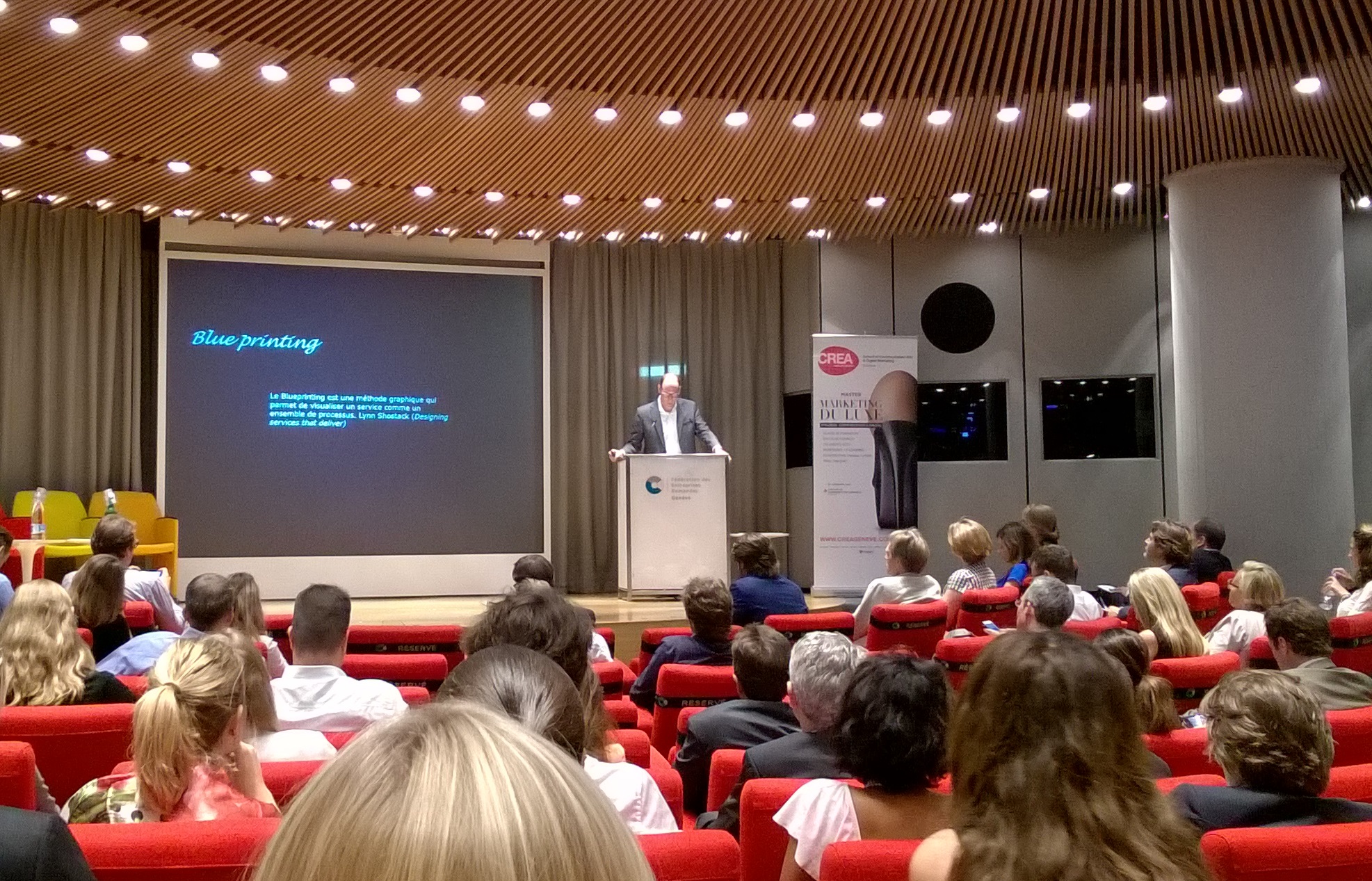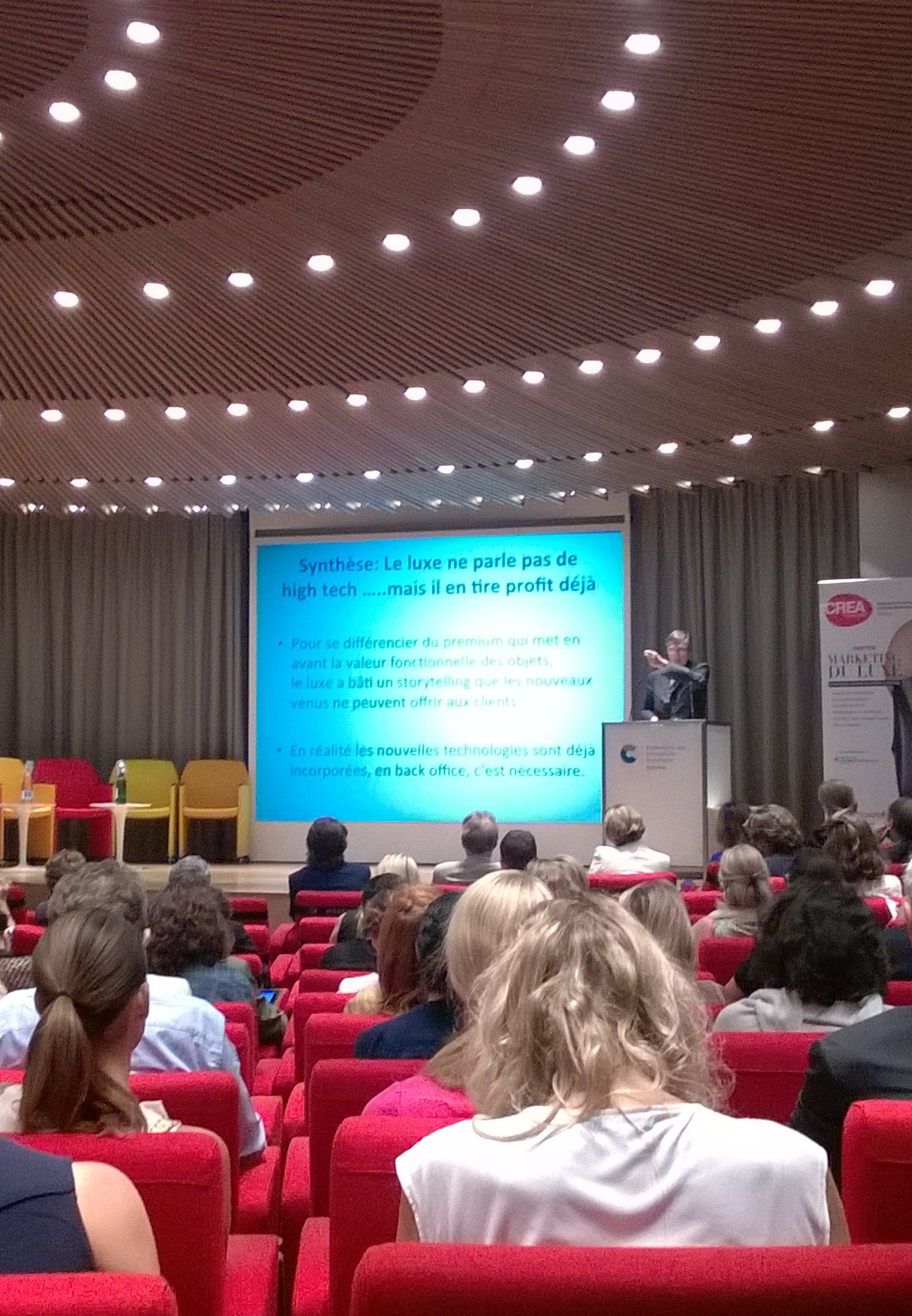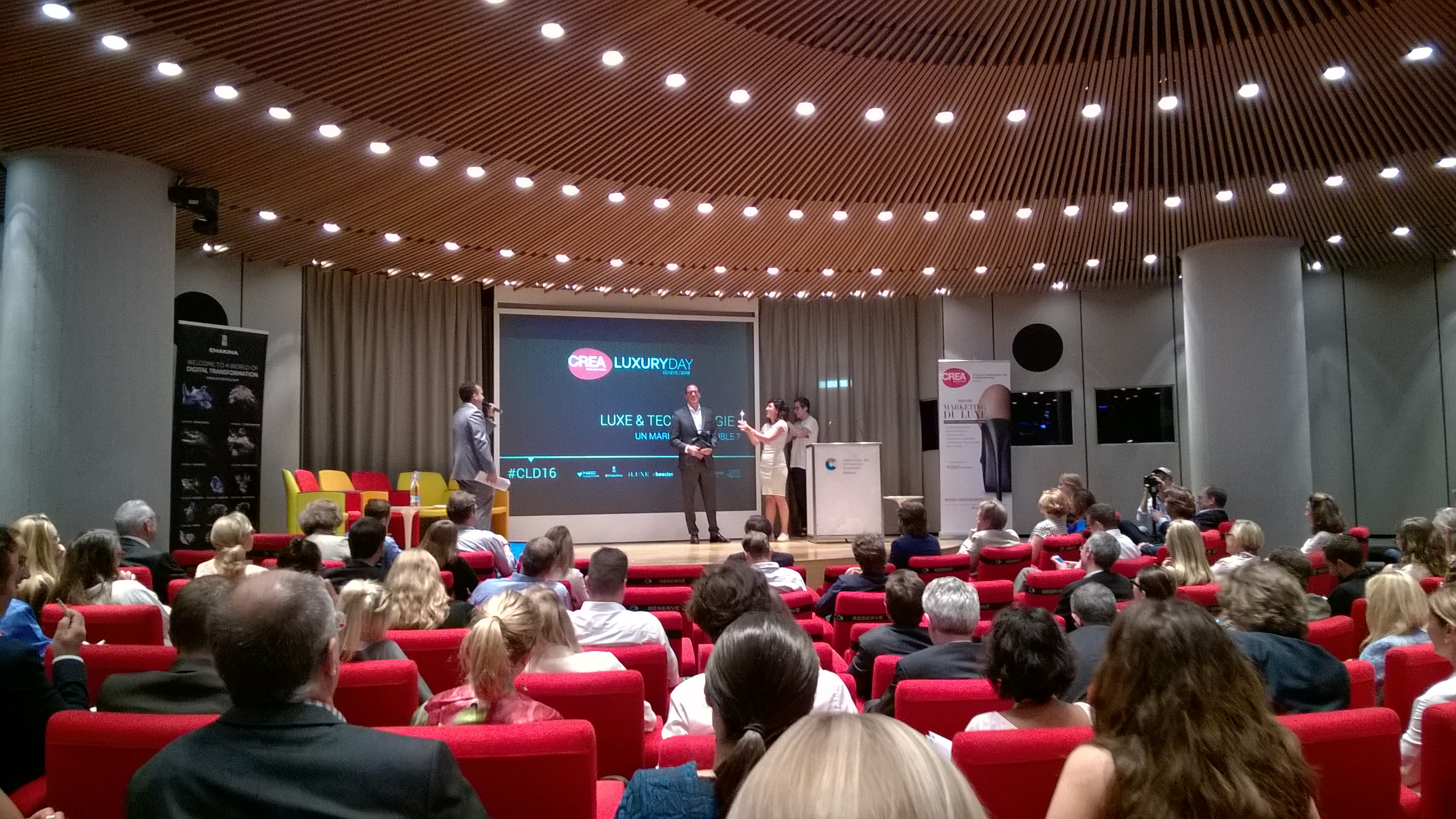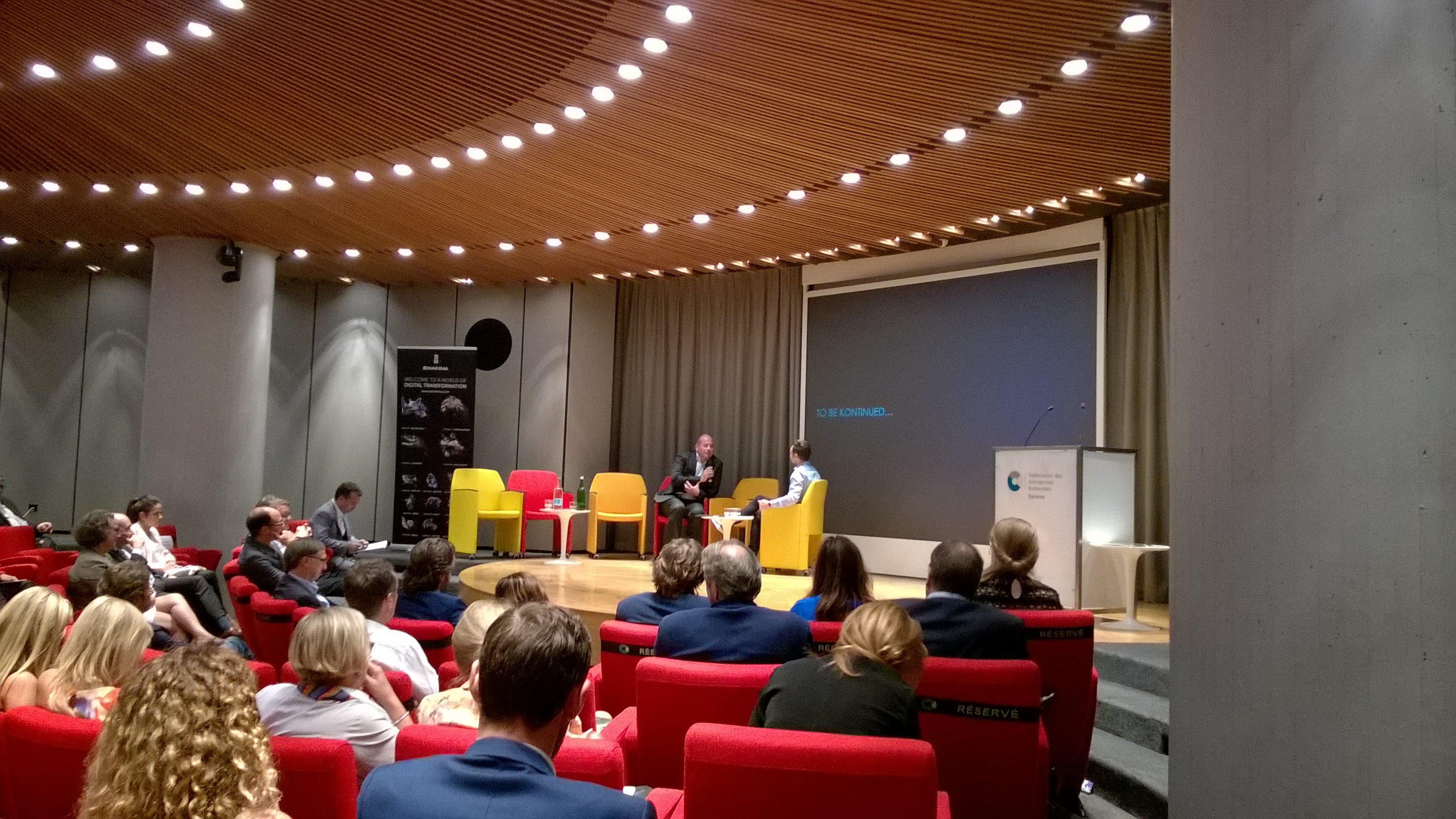Crea Luxury Day
Crea Geneva and Inseec were organizing a big conference day on luxury this 15th September, and I had the chance of being [...]

What should the luxury industry do with new technologies? With new possibilities come new challenges… How can the luxury industry get ready for these new challenges? How can an industry based on centuries of history and crafts adapt to new technologies, and to what extent? This was the theme of the second edition of the Crea Luxury Day in Geneva last Wednesday.
Before all the Internet and social media era, luxury was closely linked to technology, as Jean-Noël Kapferer, a renowned University teacher in France, explained. For example, car owners at the beginning were the ones rich enough to afford such a progress. Today, Lexus owners buy a hybrid car to show that they are ahead of their time. A car has always been a social marker for their owners, and a symbol of masculinity too, but today autonomous cars get rid of the pleasure of driving itself, and instead offer the skills of a personal assistant, rescheduling your day program according to traffic.
Luxury is, by essence, incomparable.
Today, the luxury industry can’t simply adopt any innovation, as this could quickly make any intemporal piece outdated. Connected travel cases were proposed by Delsey and Samsonite long before Vuitton, and connected watches by Nike and Adidas long before Chopard, Jaeger-Le-Coultre or Omega. « It is very hard to make money with fashion and trend, as it gets outfashioned », says Jean-Noël Kapferer, « Luxury is, by essence, incomparable. Its value lies in history, family heritage, a special location, arts and crafts. » New technologies could lead the luxury industry to change its business model, but this can’t be an easy decision, and it will have to take time.
For Alexandre Nickbarte, CEO of the 5-star Hotel Beau-Rivage in Geneva, « technology helps prepare the relationship with the client, and the experience, but can’t replace the human service. » For Manuel Diaz, from Emakina Paris, new digital technologies have to be included in the overall client experience, and management of the customer relationship: « There aren’t your digital clients on one side and the others on the other side. Today your clients visit sometimes your retail boutiques, and sometimes your website. They want to be recognized in both cases. We shouldn’t lose them between the two worlds. » From personal experience, brands still have a lot of work to do to combine data from different departments in the company, and between countries. « You are full of data, but few companies actually use them. »





